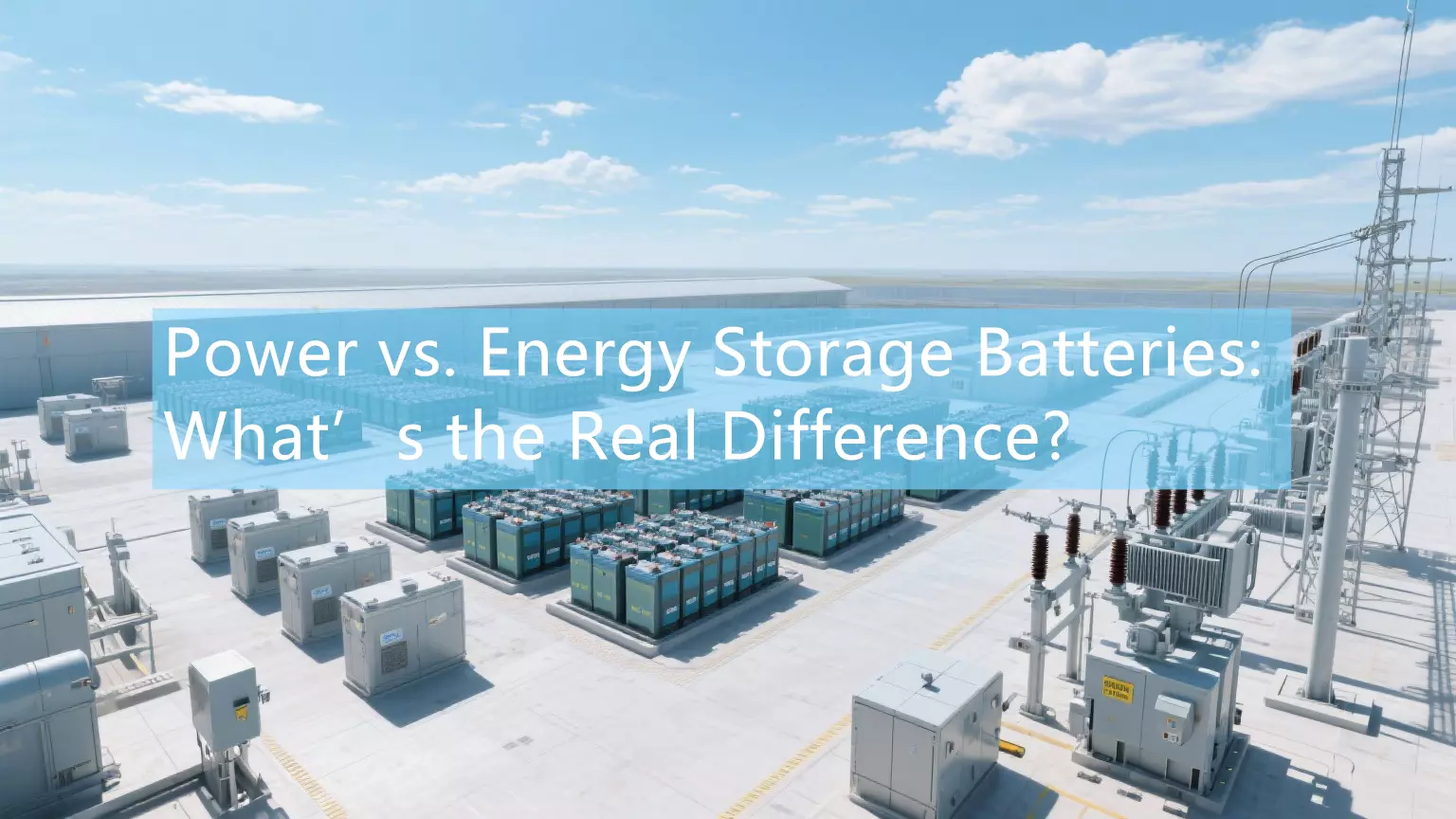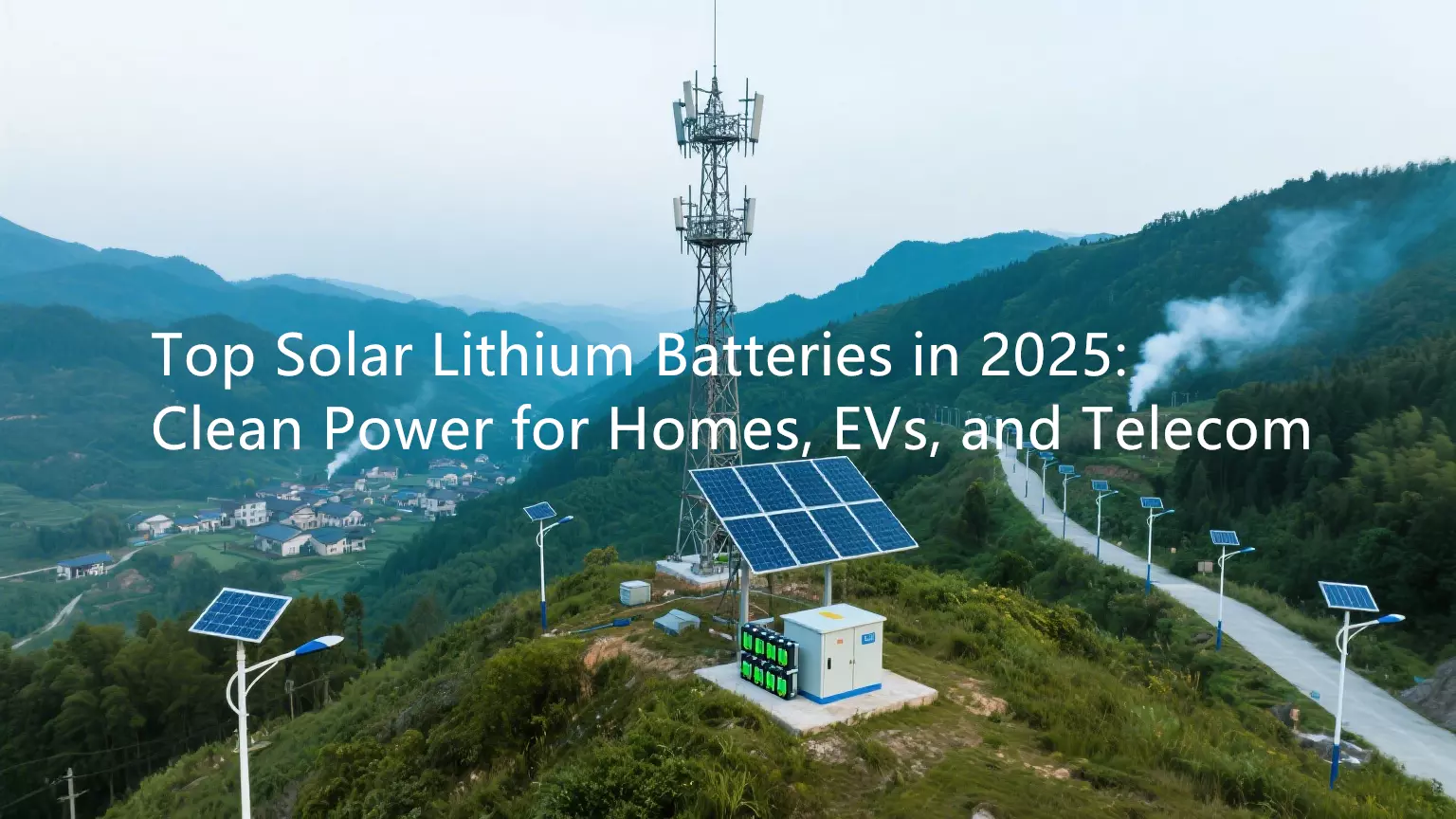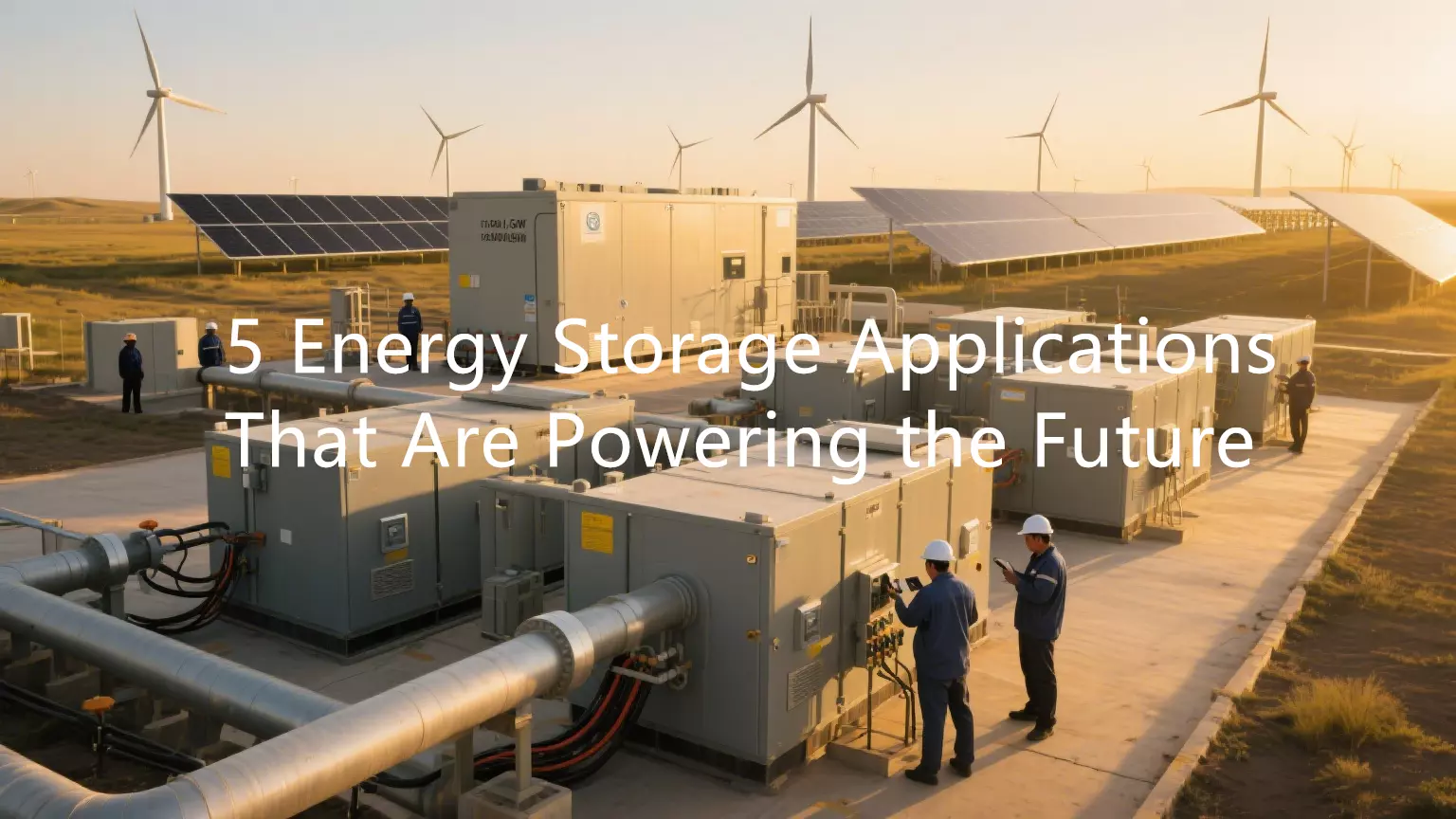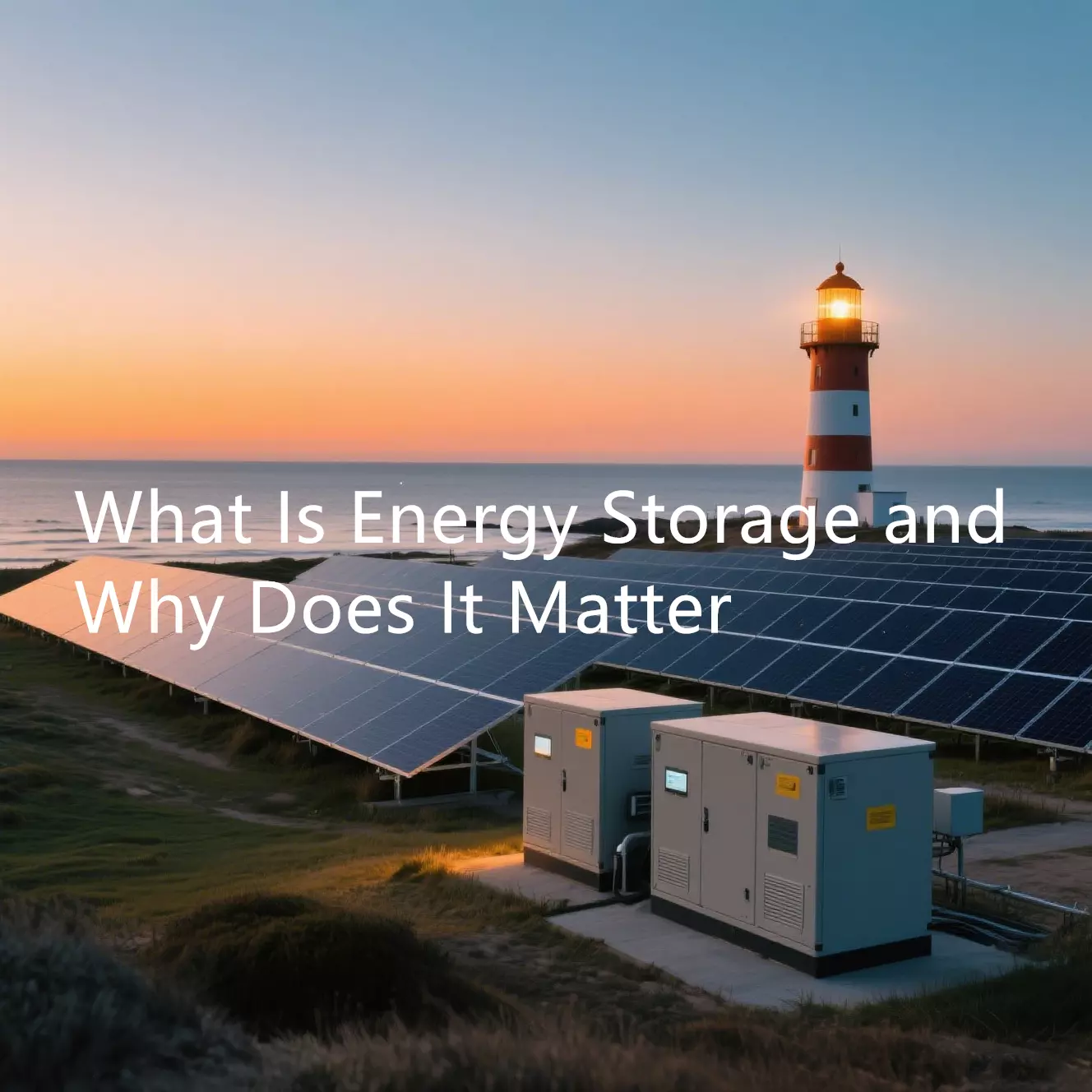Preface
What is the development trend of home energy storage systems? Home energy storage systems can usually be combined with distributed photovoltaic power generation to form home photovoltaic energy storage systems. Home energy storage systems mainly include two types of products: batteries and inverters.
- Battery trends: Energy storage batteries are evolving towards higher capacities. As household electricity consumption increases, the amount of electricity that each household can carry gradually increases. Batteries can be modularized to achieve system expansion, and high-voltage batteries are becoming a trend.
- Inverter trends: There is an increasing demand for hybrid inverters suitable for the incremental market and off-grid inverters that do not need to be connected to the power grid.
- End product trends: Currently, split-type products are the mainstay, i.e., batteries and inverter systems are used together, and the trend is gradually moving towards all-in-one products.
- Regional market trends: Differences in power grid structure and power markets result in slight differences in mainstream products in different regions. Grid-connected models dominate Europe, the US has more grid-connected and off-grid models, and Australia is exploring virtual power plant models.

Why is the home energy storage market continuing to grow?
Home energy storage is growing rapidly, driven by the dual forces of distributed photovoltaics and energy storage penetration. In terms of photovoltaic installations, Europe’s high energy dependence has exacerbated the energy crisis caused by the Russia-Ukraine conflict, and European countries have successively raised their expectations for photovoltaic installations. In terms of energy storage penetration, rising energy prices have driven up residential electricity prices, making energy storage more economical. Countries have introduced subsidy policies to encourage the installation of residential energy storage.
What is the market development and how big is the market potential?
The United States, Europe, and Australia are currently the main markets for residential energy storage. According to BNEF statistics, in 2020, the installed capacity of new residential energy storage in the United States was 154MW/431MWh, in Europe it was 639MW/1179MWh, and in Australia it was 48MW /134MWh. Assuming that the energy storage penetration rate in the newly installed photovoltaic market in 2025 is 15%, and the energy storage penetration rate in the stock market is 2%, the global household energy storage capacity will reach 25.45GW/58.26GWh, and the compound annual growth rate of installed capacity from 2021 to 2025 will be 58%.
What are the key barriers to entry in the home energy storage industry?
Home energy storage systems are usually used in conjunction with rooftop photovoltaics. The product form is similar to that of small household appliances, and has certain attributes of consumer goods. Thinking from the perspective of a 2C product,
- Channels affect product reach and market coverage. Manufacturers can either build their own overseas channels or achieve sales goals by deeply integrating with channels.
- Technical parameters such as the product’s power capacity, voltage level, and coupling method determine the product’s market positioning. R&D investment and the construction of a service system are the keys to ensuring product competitiveness.
What sectors will benefit?
Batteries and PCS are the two main components of home energy storage systems, and they are the sectors that will benefit the most from the home energy storage market. According to estimates, by 2025, the newly installed capacity of household energy storage will be 25.45GW/58.26GWh, corresponding to 58.26GWh of battery shipments and 25.45GW of PCS shipments in China. We expect that by 2025, the incremental market space for batteries will be 10 billion US dollars, and the incremental market space for PCS will be 3 billion US dollars. Therefore, enterprises in the industry with a high proportion of energy storage business, a large market share, a wide channel layout, and strong brand power will benefit.





